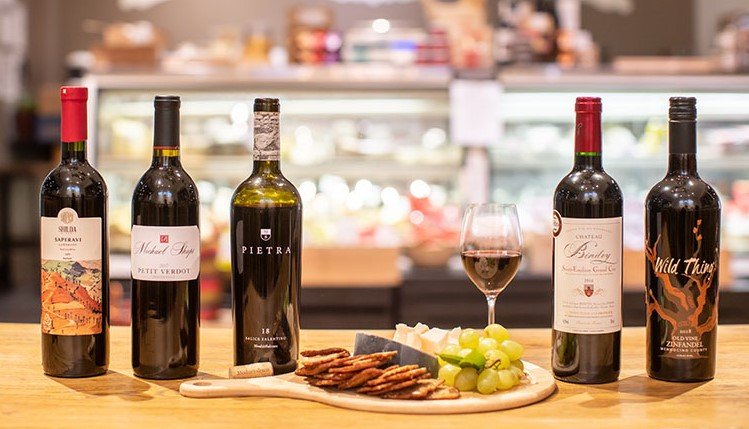When it comes to wine, there is a mystique that surrounds the concept of terroir. Terroir refers to the unique combination of soil, climate, and geography that gives each wine its distinctive taste. It is believed that these factors create the essence of a wine, making it truly unique and reflective of its origin. But can you really taste the essence of terroir in every sip of wine? Let’s explore this intriguing question.
Before we delve into the topic, it’s important to understand what terroir truly means. The concept of terroir originated in France and is deeply ingrained in their winemaking traditions. It encompasses not only the physical attributes of the land, but also the human touch – the viticulturist’s expertise, the winemaker’s skill, and the vineyard’s history. It is a holistic approach that takes into account the entire ecosystem in which the grapes are grown.
The Influence of Soil
Soil composition is a fundamental aspect of terroir. Different types of soil, such as clay, limestone, and granite, have varying abilities to retain water and nutrients. These differences can directly impact the flavor profile of the grapes. For example, grapes grown in limestone-rich soils tend to produce wines with high acidity and minerality, while those grown in clay soils may result in wines with greater fruitiness and richness.
When you take a sip of wine, the essence of terroir reveals itself through the taste of the soil. You may experience a certain earthiness or a unique characteristic that can be attributed to the specific makeup of the soil. It’s like taking a journey through the vineyard, with each sip telling a story of the land it came from.
The Role of Climate
Climate plays a crucial role in shaping the grapes and, ultimately, the wine. Factors such as temperature, rainfall, and sunlight hours determine the ripening process and the sugar accumulation in the grapes. Cool-climate regions tend to produce wines with higher acidity and lower alcohol levels, while warm-climate regions can result in wines with riper fruit flavors and higher alcohol content.
When you taste a wine, the influence of climate is evident in its flavor. You might detect the crispness of a cool-climate wine, with its vibrant acidity and fresh fruit notes. Or, you might experience the opulence of a warm-climate wine, with its rich, ripe flavors that envelop your palate. Climate is like the invisible hand that shapes the grapes and imparts its mark on the final product.
The Impact of Geography
Geography, including altitude, slope, and proximity to bodies of water, also has a significant impact on the essence of terroir. Grapes grown at higher altitudes often benefit from cooler temperatures and greater diurnal temperature variations, which can result in more complex wines. Slope and aspect influence sun exposure, allowing certain parts of the vineyard to receive more sunlight than others, thus affecting the ripening process.
As you savor a glass of wine, the geography of the vineyard becomes apparent in its taste. You may detect the elegance and finesse that comes from grapes grown at higher elevations, or the concentrated flavors that arise from a vineyard nestled in a sun-soaked valley. Geography helps to create the unique expression of a wine, revealing the sense of place that terroir seeks to capture.
The Holistic Experience of Terroir
Terroir is more than just the sum of its parts. It is a collective experience that encompasses the soil, climate, and geography, as well as the human touch. The viticulturist’s decisions, from vineyard management to grape selection, shape the quality and character of the wine. And the winemaker’s techniques, such as fermentation and aging, further enhance the expression of terroir.
So, can you taste the essence of terroir in every sip of wine? The answer is a resounding yes. But it’s not just about tasting the soil, climate, or geography separately – it’s about experiencing them all together. Each element contributes to the complex mosaic of flavors and aromas that make up a wine. Every sip is an opportunity to appreciate the intricacies of terroir, to connect with the land and the people who pour their passion into every bottle.
In conclusion, terroir is the soul of a wine. It is the embodiment of a vineyard’s unique attributes and the story it tells. Tasting the essence of terroir in every sip of wine allows us to appreciate the craftsmanship and artistry that goes into winemaking. So next time you raise a glass, take a moment to savor and ponder the terroir that lingers on your palate, and let it transport you to the vineyard from which it came.
